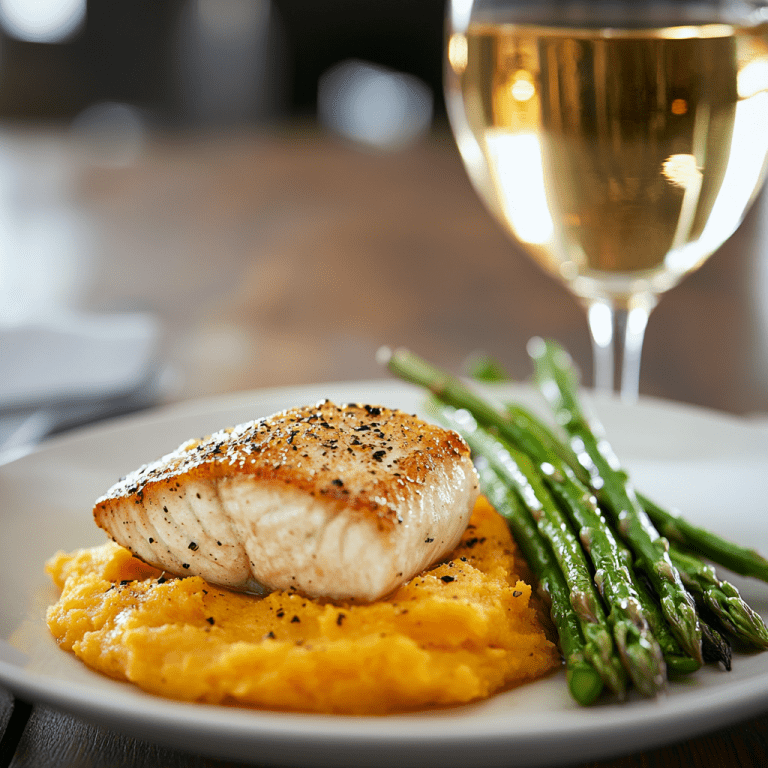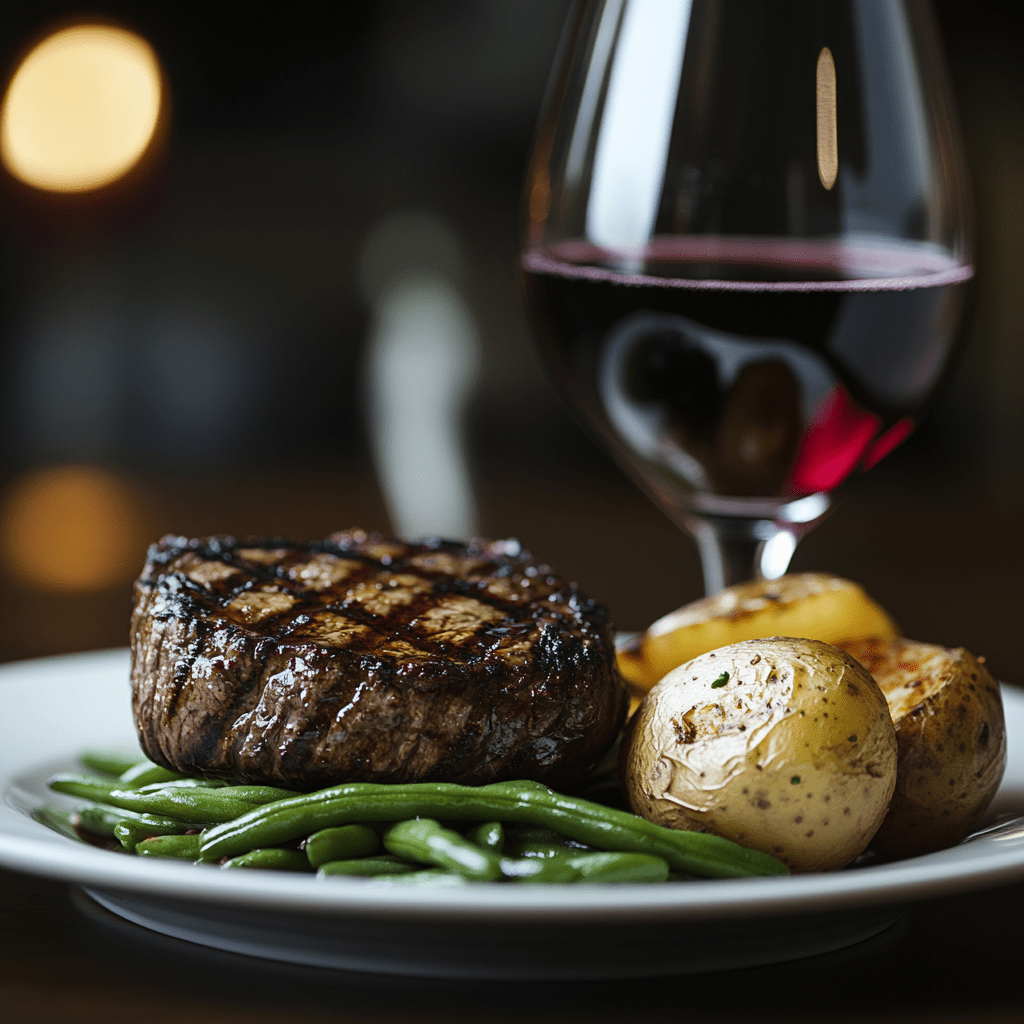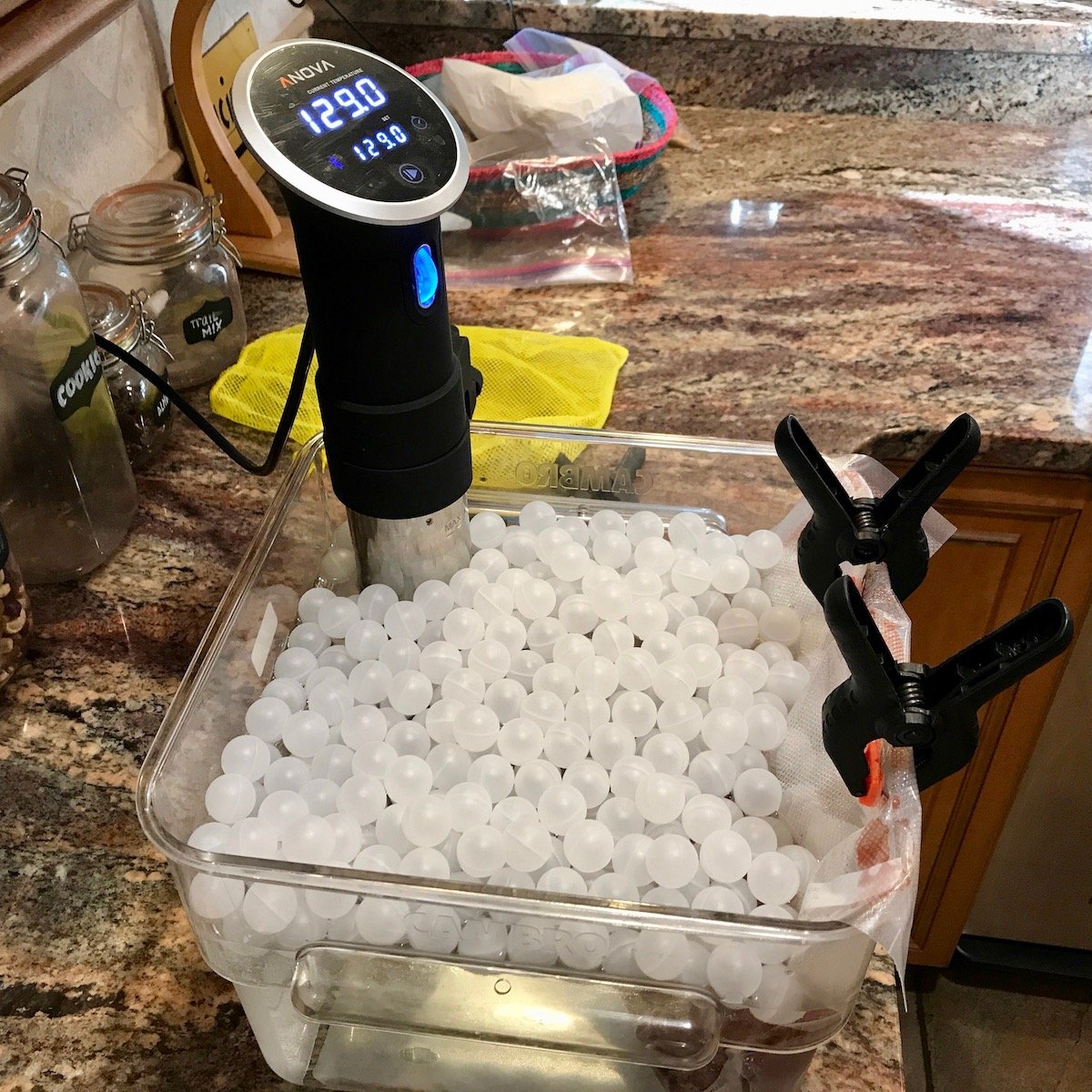The Ultimate Guide to Pairing Food and Wine (Without the Snobbery)
Pairing food and wine isn’t rocket science—though sometimes it feels like you need a PhD in grapeology! Whether you’re hosting a fancy dinner or just trying to impress yourself on a weeknight, the right wine can turn an ordinary meal into a mouthwatering masterpiece.
But let’s face it: walking into a wine aisle can feel like stepping into a labyrinth where every bottle speaks a foreign language—“Cabernet Sauvignon,” “Pinot Noir,” “Chardonnay”… What do they even mean? And what’s the deal with “dry” vs. “off-dry”?
Don’t worry, I’ve got your back. This post is your friendly guide to conquering the wine world without losing your taste buds or breaking the bank.
You’ll learn how to match popular grape varieties with food that makes both sing like a perfectly in-tune duet. Spoiler: it’s all about balance and boldness — kind of like a good joke or a dance move.
So, grab a glass (or two) and let’s dive into the delicious science of food and wine pairings. By the end, you’ll be confidently swirling, sniffing, and sipping your way to a flavor fiesta that even your picky friends will envy. Cheers to that!
| Grape Type | Country | Wine Style | Food Pairing |
|---|---|---|---|
| Cabernet Sauvignon | France (Bordeaux), USA (Napa) | Red | Grilled steak, lamb, aged cheddar |
| Pinot Noir | France (Burgundy), USA (Oregon) | Red | Duck, salmon, mushroom dishes |
| Merlot | France (Bordeaux), Chile | Red | Roast chicken, pork, tomato-based pasta |
| Syrah/Shiraz | France (Rhône), Australia | Red | Barbecue, sausages, hard cheeses |
| Zinfandel | USA (California) | Red | Spicy foods, grilled meats, pizza |
| Sangiovese | Italy (Tuscany) | Red | Pasta with red sauce, prosciutto, pizza |
| Malbec | Argentina, France (Cahors) | Red | Grilled meats, empanadas, blue cheese |
| Chardonnay | France (Burgundy), USA (California) | White | Roast chicken, seafood, creamy dishes |
| Sauvignon Blanc | France (Loire), New Zealand | White | Goat cheese, seafood, salads |
| Riesling | Germany, USA (Washington) | White | Spicy Asian cuisine, pork, apple dishes |
| Pinot Grigio | Italy, USA | White | Light pasta, shellfish, summer salads |
| Tempranillo | Spain (Rioja) | Red | Tapas, grilled lamb, Manchego cheese |
| Grenache | France (Rhône), Spain | Red | Roast meats, ratatouille, aged cheeses |
| Gewürztraminer | Germany, France (Alsace) | White | Spicy dishes, curry, duck |
Why Pair Foods with Wine? Does It Matter?
Pairing food with wine isn’t just for sommeliers or fancy dinners—it actually makes your eating experience better in more ways than one.
Firstly, the right wine can unlock flavors in your food that you never knew existed. It’s like your taste buds get an upgrade, spotting new layers of deliciousness every time you take a bite and a sip together.
Think of wine as the ultimate sidekick, here to highlight your meal’s best qualities and soften any flavors that might be a bit too bold or heavy.
Pairing also helps balance the flavors on your plate. Acidic wines can cut through rich, creamy dishes, while fuller-bodied reds pair well with hearty, meaty meals.
Without this harmony, food and drink might compete like noisy neighbors instead of working as a team. Plus, pairing wine and food thoughtfully can impress your guests without breaking a sweat—or the bank. It shows you put in just enough effort to elevate the meal without turning dinner into a chemistry experiment.
So next time you pour a glass, think about what’s on your plate. Pairing wine and food is like matchmaking for your palate, making every meal taste like a celebration, because who doesn’t want to celebrate eating well?
Questions to Ask Yourself When Choosing a Wine for Dinner
What are the dominant flavors in the dish?
The key flavors—whether spicy, sweet, acidic, rich, or savory—guide your wine choice. For example, spicy dishes pair well with slightly sweet wines like Riesling to balance the heat, while rich and creamy foods benefit from wines with good acidity to cut through the fat.
What’s the main ingredient or protein?
What cooking method is used?
What’s the sauce or seasoning like?
Sauces heavily influence the pairing. Tomato-based sauces, for instance, have acidity that matches well with acidic wines like Sangiovese, while creamy sauces pair better with rich whites like oaked Chardonnay.
Do I want the wine to complement or contrast the food?
Complementing means matching flavors (e.g., buttery wine with buttery dishes), while contrasting creates balance (e.g., acidic wine with fatty foods). Knowing which effect you want helps you narrow your wine options.
What’s the body and sweetness level of the wine?
ull-bodied wines stand up to bold flavors; light-bodied wines suit delicate dishes. Sweeter wines work well with spicy or salty foods, while dry wines fit more straightforward savory dishes.
How acidic is the wine compared to the dish?
Acidic wines can brighten fatty or rich dishes, cleansing the palate. Pairing low-acid wines with high-acid foods can feel dull or flat.
Are there any regional pairings that make sense?
Foods and wines from the same region often share flavor profiles that naturally complement each other. Think Italian Chianti with Tuscan cuisine.
eo.
What’s the occasion and mood?
Casual meals might call for fun, approachable wines, while formal dinners may demand more complex, structured bottles. The mood sets the tone for your choice.
What’s my budget?
Great pairings don’t have to be expensive. Knowing your budget helps you pick wines that offer the best value without sacrificing quality.
Food & Wine Pairing Helper

Food & Wine Pairing Checklist
1. Identify Dominant Flavors in the Dish
Spicy — consider slightly sweet or off-dry wines (e.g., Riesling)
Sweet — pair with fruity wines or sparkling wines
Acidic — match with wines that have similar acidity (e.g., Sauvignon Blanc)
Rich/creamy — choose wines with good acidity to cut richness (e.g., Chardonnay)
Savory/umami — try earthy wines (e.g., Pinot Noir)
2. Determine the Main Ingredient or Protein
Red meat (beef, lamb) — go full-bodied reds (Cabernet Sauvignon, Malbec)
Poultry (chicken, turkey) — light to medium-bodied whites or reds (Chardonnay, Pinot Noir)
Fish/seafood — crisp whites (Sauvignon Blanc, Pinot Grigio)
Vegetarian — depends on dominant flavors (refer back to #1)
Cheese — varies by cheese; soft cheeses with whites, hard cheeses with reds
3. Note the Cooking Method
Grilled/roasted — pair with bold wines to match smoky flavors
Steamed/poached — lighter wines to complement subtle flavors
Fried — wines with high acidity to cut through oil (e.g., Champagne)
Braised — richer wines with good tannins
4. Consider Sauce or Seasoning
Tomato-based — acidic wines (Sangiovese, Chianti)
Creamy — rich whites (Chardonnay)
Spicy — off-dry or fruity wines
Herbal — wines with herbal notes (Sauvignon Blanc)
5. Decide: Complement or Contrast?
Complement — match flavors (e.g., buttery wine with buttery food)
Contrast — balance flavors (e.g., acidic wine with fatty food)
6. Assess Wine Body and Sweetness
Full-bodied — suits bold dishes
Light-bodied — suits delicate dishes
Dry — works with most savory dishes
Sweet/off-dry — good for spicy or salty foods
7. Check Wine Acidity vs. Dish Acidity
Match or slightly exceed acidity in food
Avoid low-acid wines with high-acid dishes
8. Look for Regional Matches
Pair wines and dishes from the same region for natural harmony
9. Consider Occasion & Mood
Casual — fun, easy-drinking wines
Formal — complex, structured wines
10. Know Your Budget
Set a price range
Look for best quality within budget
Tip: Keep this checklist handy when you shop or plan meals — it’ll help you pick wines that elevate your food instead of competing with it!




